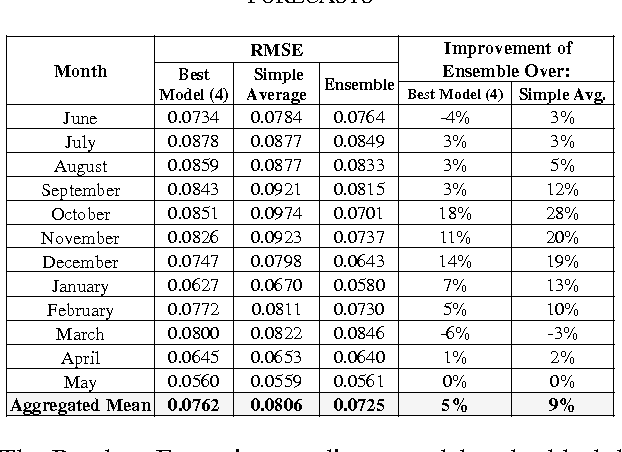Random Forest Ensemble of Support Vector Regression Models for Solar Power Forecasting
Paper and Code
Apr 27, 2017
To mitigate the uncertainty of variable renewable resources, two off-the-shelf machine learning tools are deployed to forecast the solar power output of a solar photovoltaic system. The support vector machines generate the forecasts and the random forest acts as an ensemble learning method to combine the forecasts. The common ensemble technique in wind and solar power forecasting is the blending of meteorological data from several sources. In this study though, the present and the past solar power forecasts from several models, as well as the associated meteorological data, are incorporated into the random forest to combine and improve the accuracy of the day-ahead solar power forecasts. The performance of the combined model is evaluated over the entire year and compared with other combining techniques.
 Add to Chrome
Add to Chrome Add to Firefox
Add to Firefox Add to Edge
Add to Edge